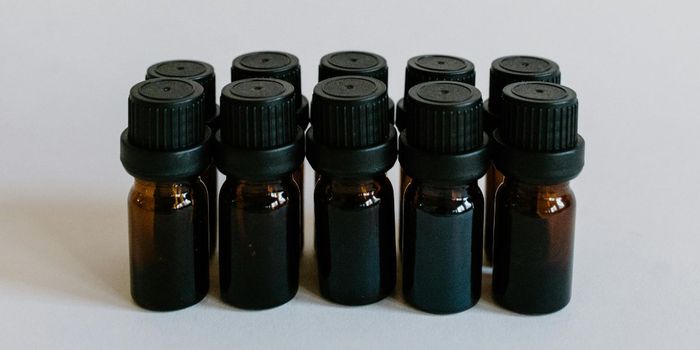The most intricate man-made origami structure may pale in comparison to the body’s natural origamis: 3-dimenstional proteins. The folding of amino acids in specific arrangements create highly sophisticated proteins in composition, structure, and also function.
When this orchestrated process goes right, human biology is a well-oiled machine. However, when the folding is off even for just a little bit, the results can be devastating. In the case of Huntington’s disease, the huntingtin protein is misfolded causing the proteins to clump in the brain. These turn into toxic clusters that interfere with the function of neurons and leading to the mental and physical decline in patients.
Huntington’s disease is a neurodegenerative disorder that is progressive and fatal. In patients with the disease, the huntingtin protein is misfolded and these proteins form clumps in the brain. In turn, these proteinaceous clumps turn into toxic clusters that interfere with the function of neurons and leading to the mental and physical decline in patients. In addition to finding a cure for this tragic disease, researchers are also working to slow its progression.
Spurred by previous results involving repurposed drugs, researchers wanted to test whether a cancer drug can help patients with Huntington’s disease.
The research team involved top scientists from Duke University, the University of California, San Diego, the Salk Institute in La Jolla, CA, and the Johns Hopkins University in Maryland.
In this study, the repurposed drug is bexarotene (trade name: Targretin), an anti-cancer drug approved for the treatment of cutaneous T cell lymphoma. While this retinoid drug is FDA-approved for skin lymphoma, it has been prescribed off-label for other cancer types, including non-small cell lung cancer and breast cancer.
Using a mouse model of Huntington’s disease, the research team tested the effects of bexarotene on the marked degeneration typically associated with the disease.
Mice treated with bexarotene showed remarkable changes, including “improved motor function, reduced neurodegeneration, and increased survival.” These protective qualities appeared to stem from the drug’s ability to correct the oxidative metabolism in Huntinton’s disease neurons. Bexarotene also seemed to improve cell quality control. Overall, the drug seemed to correct activities that would otherwise be dysfunctional in Huntington’s disease.
"It's not just the response from the drugs, but the mechanistic pathways these drugs are targeting," said Dr. Albert La Spada at Duke University. "These pathways are relevant to other neurodegenerative disorders and potentially the aging process, itself in addition to Huntington's disease."
Although the results are promising, the team cautions that further studies are required before the rug can be confidently prescribed to help Huntington’s patients. Furthermore, the team thinks bexarotene may be more potent if combined with other therapies. In particular, preliminary tests in cells show that bexarotene taken with KD3010, a diabetes compound, yielded better results.
"With this approach, we could minimize side effects with lower doses of each compound, even when together the treatments provide a higher effect than either one alone,” said Dr. Audrey Dickey, the study’s lead author.
Additional sources: MNT









